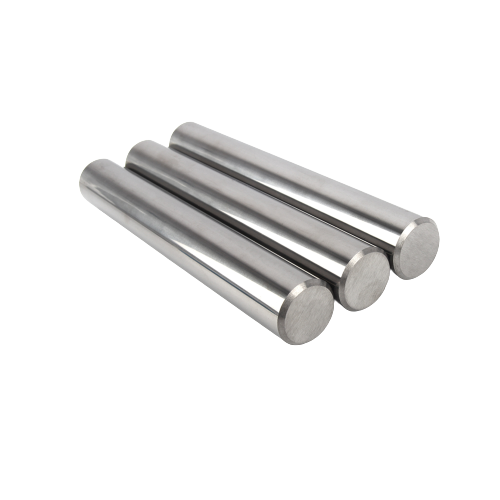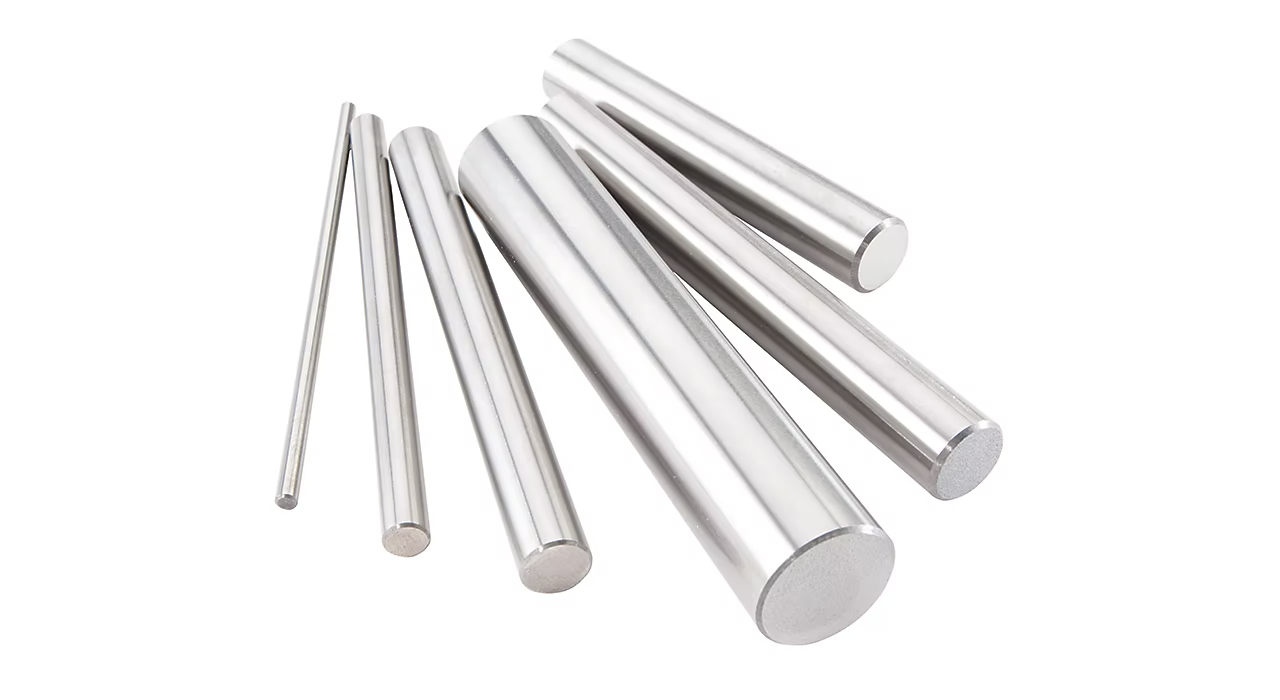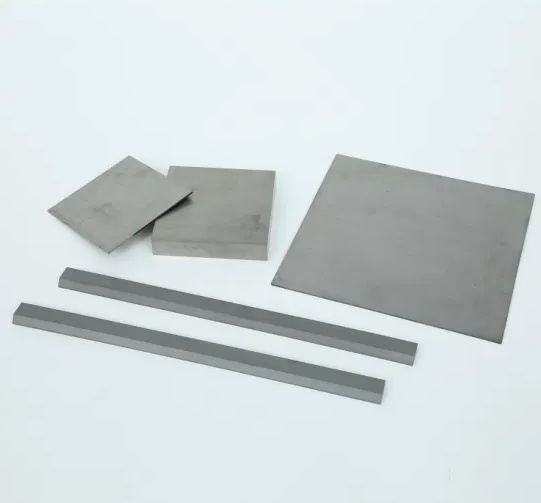Overview of Long Carbide Rods
Long carbide rods are essential components in various industrial applications due to their remarkable properties like high hardness, wear resistance, and strength. Made from tungsten carbide powder, these rods are used in manufacturing cutting tools, drill bits, end mills, and various precision machinery. Understanding their types, applications, properties, and selection criteria is crucial for anyone in engineering or manufacturing fields.
Key Features of Long Carbide Rods
- High Hardness: Carbide rods are incredibly hard, making them suitable for cutting and machining.
- Wear Resistance: These rods can withstand significant wear and tear, ensuring long-lasting performance.
- Strength: Despite their hardness, they possess a high degree of strength, resisting breakage and deformation.
- Versatility: Used in various applications from drilling to cutting, showcasing their adaptability.
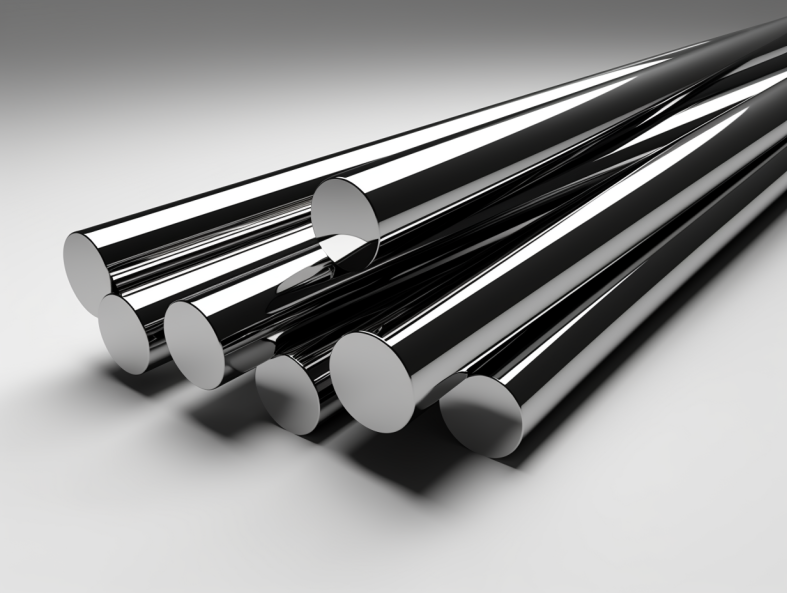
Types of Long Carbide Rods
Different types of long carbide rods are available, each designed to meet specific requirements and applications. Here’s a detailed look at some common types and their uses.
Common Types and Their Uses
| Type | Description | Common Uses |
|---|---|---|
| Standard Carbide Rods | Basic rods with high hardness and wear resistance. | General machining, cutting tools. |
| Coolant Hole Rods | Feature internal coolant holes to improve machining efficiency. | High-speed machining, drilling. |
| Solid Carbide Rods | Fully dense, high-strength rods. | End mills, reamers. |
| Micro-Grain Carbide Rods | Made from fine-grained tungsten carbide powder. | Precision tools, fine machining. |
| Coated Carbide Rods | Surface coated for enhanced performance. | Abrasive cutting, high-temperature applications. |
| Double Helix Carbide Rods | Feature a double helical groove for enhanced coolant flow. | Deep hole drilling. |
| Blanks for Customized Tools | Unshaped rods ready for custom tooling. | Custom tool manufacturing. |
| Precision Ground Rods | Ground to precise dimensions and tolerances. | High-precision applications. |
| Extruded Carbide Rods | Manufactured through extrusion process for consistent properties. | Mass production of tools. |
| Wear-Resistant Rods | Enhanced composition for extreme wear resistance. | High-wear environments, mining tools. |
Applications of Long Carbide Rods
Long carbide rods are utilized in a variety of industries due to their durability and performance. Below is a detailed look at the typical applications for these versatile materials.
Applications Across Different Industries
| Industry | Application | Benefit |
|---|---|---|
| Manufacturing | Cutting tools, machining components. | Precision, durability. |
| Aerospace | Drilling and milling tools. | High strength, wear resistance. |
| Automotive | Engine components, high-speed machining. | Efficiency, longevity. |
| Mining | Drill bits, rock cutting tools. | Extreme wear resistance. |
| Medical | Surgical instruments, dental tools. | Precision, biocompatibility. |
| Construction | Masonry drill bits, cutting blades. | Toughness, reliability. |
| Electronics | Micro-machining components. | Precision, small-scale work. |
Material Properties of Long Carbide Rods
Understanding the material properties of long carbide rods is crucial for selecting the right type for specific applications.
Detailed Material Properties
| Property | Description | Impact |
|---|---|---|
| Hardness | Typically ranges from 85-92 HRA. | Determines cutting efficiency and durability. |
| Compressive Strength | Around 500,000 psi. | High resistance to deformation under pressure. |
| Transverse Rupture Strength | Varies between 300,000-500,000 psi. | Measures resistance to bending forces. |
| Density | Approximately 14.5 g/cm³. | High density contributes to durability and wear resistance. |
| Thermal Conductivity | Ranges from 60-100 W/mK. | Effective heat dissipation during high-speed machining. |
| Fracture Toughness | Moderate to high, depending on the grade. | Determines resistance to crack propagation. |
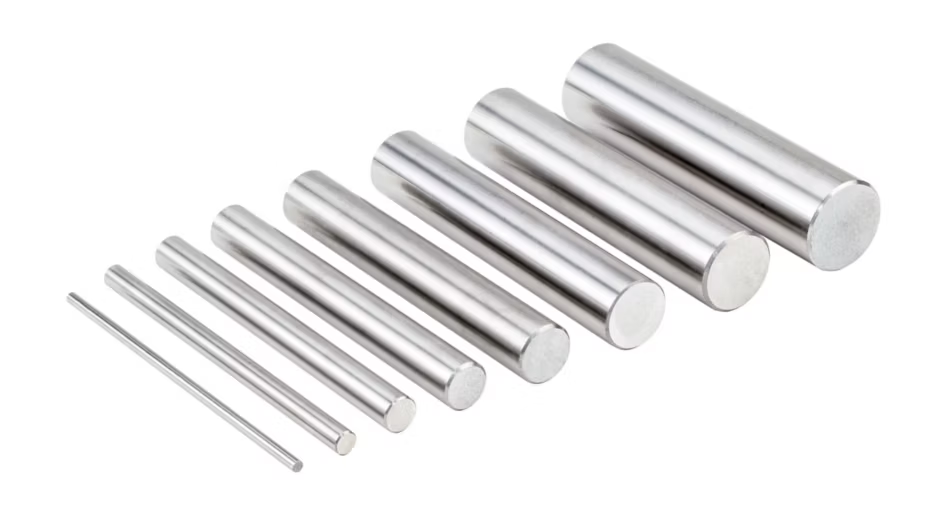
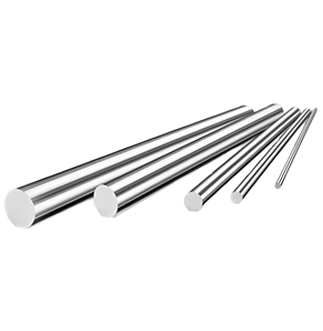

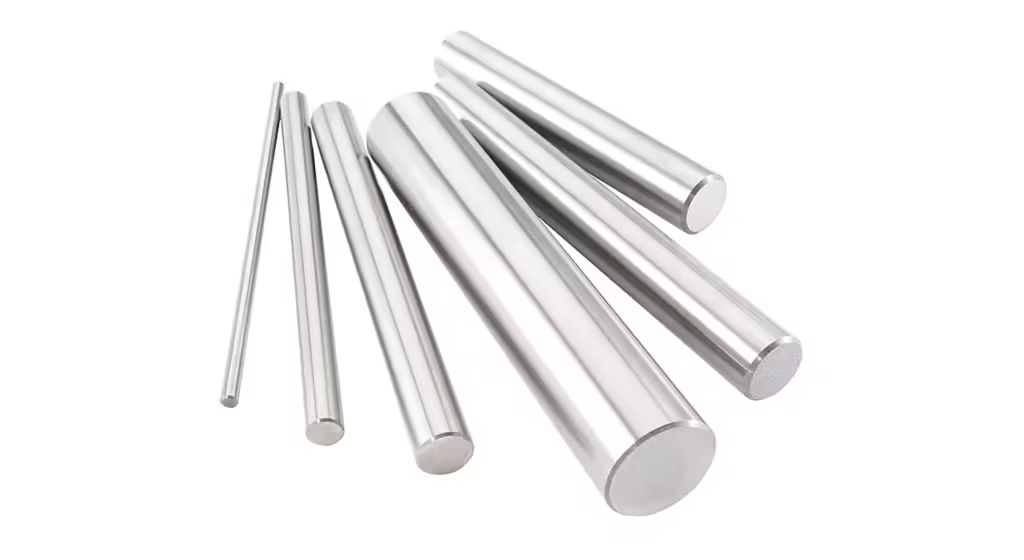
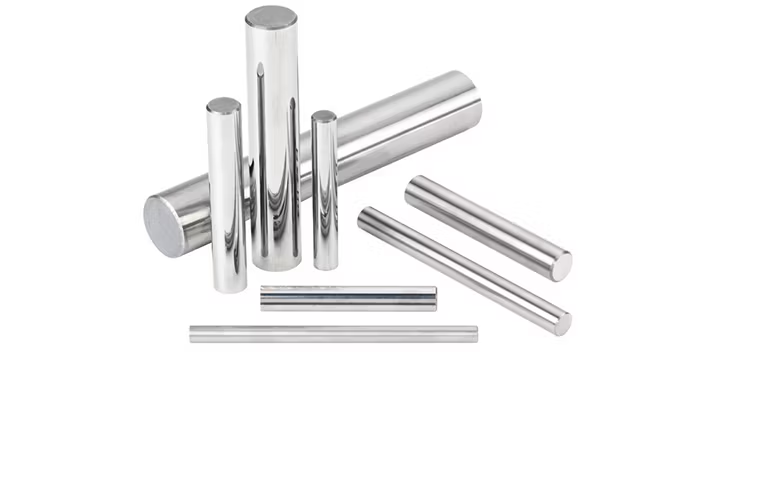

Composition and Characteristics of Long Carbide Rods
The composition of carbide rods directly affects their properties and performance. Here’s a closer look at the key elements involved.
Composition and Characteristics
| Element | Percentage | Characteristic |
|---|---|---|
| Tungsten Carbide (WC) | 85-95% | Provides hardness and wear resistance. |
| Cobalt (Co) | 5-15% | Acts as a binder, adding toughness. |
| Carbon (C) | 6-7% | Enhances hardness and strength. |
| Other Metals | <1% | Ni, Ti, Ta for specific properties. |
Hardness, Strength, and Wear Resistance
Carbide rods are renowned for their hardness, strength, and wear resistance. These properties are crucial for their performance in various applications.
Comparison of Hardness, Strength, and Wear Resistance
| Property | Standard Rods | Micro-Grain Rods | Wear-Resistant Rods |
|---|---|---|---|
| Hardness (HRA) | 87-91 | 89-92 | 88-91 |
| Compressive Strength (psi) | 450,000-500,000 | 470,000-520,000 | 460,000-510,000 |
| Wear Resistance | High | Very High | Extremely High |
Specifications, Sizes, Shapes, and Standards
Carbide rods come in various specifications, sizes, and shapes to meet different needs. Understanding these specifications helps in selecting the right rod for the job.
Detailed Specifications
| Specification | Details |
|---|---|
| Diameter | 1mm to 50mm |
| Length | 50mm to 500mm |
| Shape | Round, square, hexagonal, custom |
| Standards | ISO, ANSI, DIN |
Suppliers and Pricing Details
Choosing the right supplier and understanding pricing is essential for procuring high-quality carbide rods.
Suppliers and Pricing Overview
| Supplier | Location | Pricing (Approx.) |
|---|---|---|
| Kennametal | USA | $20 – $150 per rod |
| Sandvik | Sweden | $25 – $160 per rod |
| Ceramics International | China | $10 – $120 per rod |
| ZCCCT | China | $15 – $130 per rod |
| Guhring | Germany | $30 – $180 per rod |
Selecting the Right Long Carbide Rods
Choosing the correct carbide rod involves considering various factors like application, material properties, and cost.
Selection Criteria
| Factor | Consideration | Reason |
|---|---|---|
| Application | Type of machining or cutting. | Ensures the rod meets operational needs. |
| Material Properties | Hardness, strength, wear resistance. | Matches rod properties to job requirements. |
| Cost | Budget constraints. | Balances performance with affordability. |
| Supplier | Reputation and reliability. | Ensures consistent quality and support. |
Advantages and Limitations of Long Carbide Rods
Understanding the pros and cons of long carbide rods helps in making informed decisions.
Advantages vs. Limitations
| Aspect | Advantages | Limitations |
|---|---|---|
| Hardness | Superior cutting efficiency. | Can be brittle under certain conditions. |
| Wear Resistance | Longer tool life. | Higher initial cost compared to other materials. |
| Strength | Resistant to deformation. | Requires precise handling and machining. |
| Versatility | Suitable for various applications. | Not always the best choice for very soft materials. |
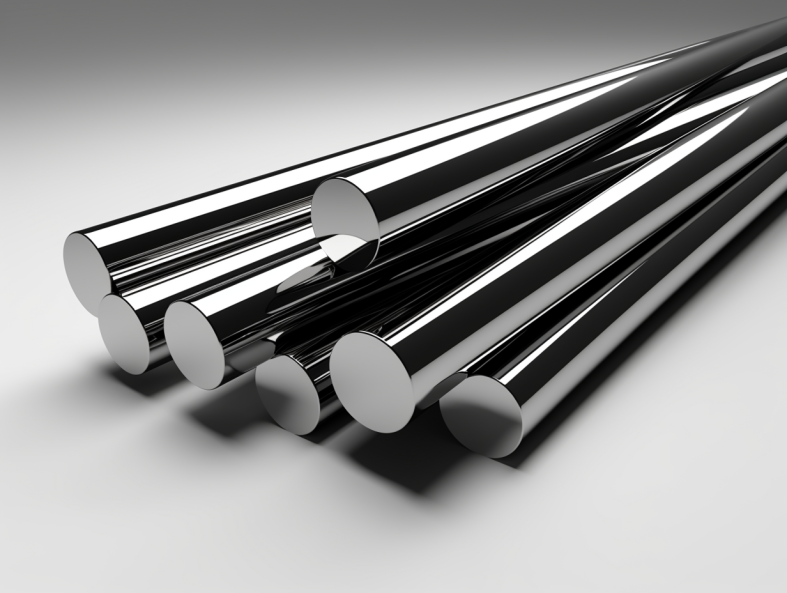
FAQ
| Question | Answer |
|---|---|
| What are long carbide rods used for? | Long carbide rods are used in manufacturing cutting tools, drill bits, and precision machinery components due to their hardness and wear resistance. |
| How are carbide rods made? | Carbide rods are typically made from tungsten carbide powder, which is pressed and sintered to form a solid, dense material. |
| What is the difference between standard and micro-grain carbide rods? | Standard rods have a coarser grain structure, while micro-grain rods are made from finer grains, offering higher precision and strength. |
| Can carbide rods be customized? | Yes, carbide rods can be customized in terms of size, shape, and composition to meet specific requirements. |
| How do I select the right carbide rod? | Consider factors like application, material properties, cost, and supplier reputation when selecting a carbide rod. |

